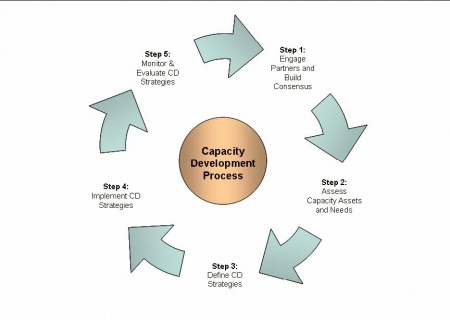Adaptation metrics
Adaptation rationales and benefits: A foundation for understanding adaptation impact
Explore a newly proposed typology of adaptation benefits that aims to facilitate the construction of meaningful, transparent adaptation rationales; that is, the logic of an adaptation action. Discover how these can be applied in practice, using hypothetical and real-world examples of projects.
Adaptation metrics: Perspectives on measuring, aggregating and comparing adaptation results
Climate adaptation initiatives are more important than ever, and globally more and more funds are invested in climate resilience. But how do we measure success? Find out in this UNEP DTU report.
Designing Metrics for Adaptation
Risk dialogues and strategising
When climate risks have been assessed for multiple actors and sectors, these need to be coordinated and prioritizations worked out. This requires dialogue and collaboration between multiple sectors and with an important role of decision-makers
After a risk assessment, there is a need for dialogue and strategizing to agree among several involved parties on how to best address the risks, prioritise among them and pool resources to address risks that go across budget lines.
The various risks need to be weighed against each other and different alternative measures compared. This dialogue can as such contribute to long term planning goals linked to risk reduction and sustainable development. These dialogues can also contribute to bridging siloes.
The Netherlands is implementing risk dialogues as a tool in spatial planning. You can read more about it here in English.
Adaptation Metrics
Developing actor-process metrics of adaptation focuses on the competence to achieve reductions in current and future vulnerability.



